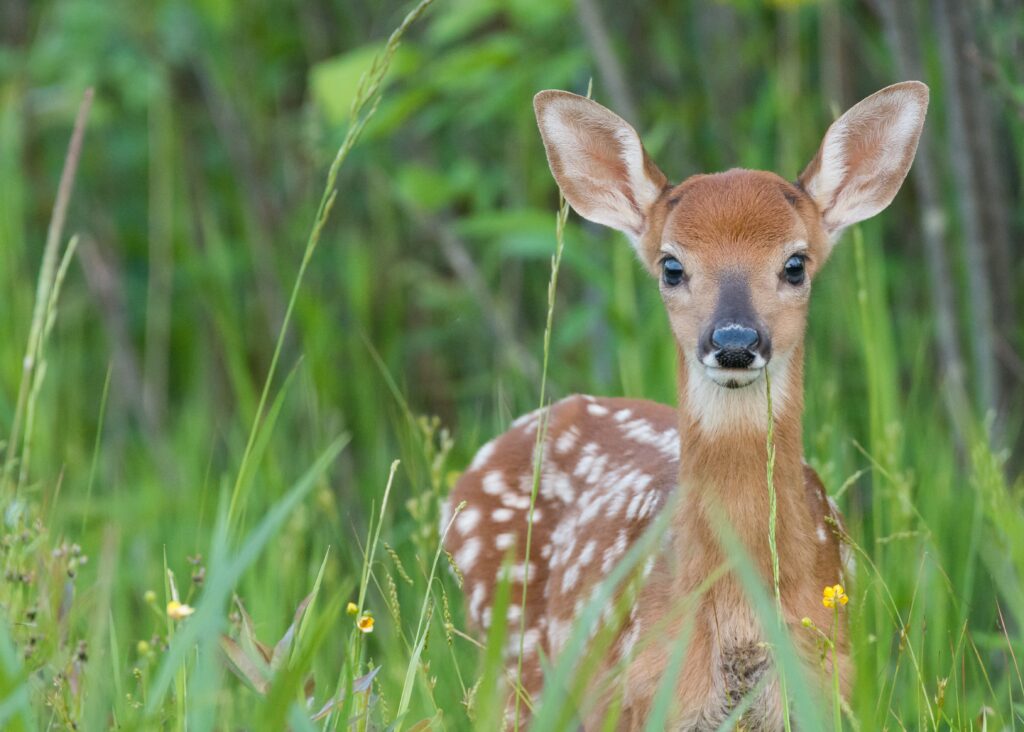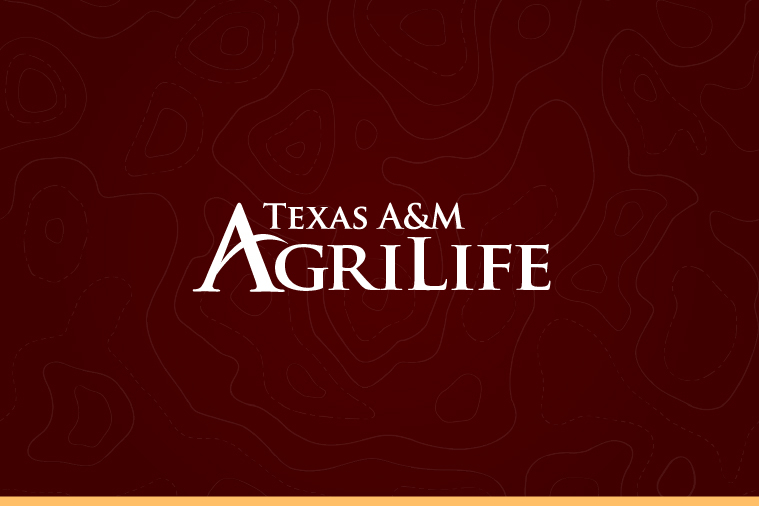‘Tis the season for wildlife encounters
AgriLife Extension expert encourages people not to interfere with juvenile wildlife
Whether hiking remote trails or backyard gardening, ‘tis the season for Texans to encounter the offspring of many wildlife species.

While concern for the safety of these seemingly defenseless creatures — oftentimes found alone — may motivate citizens to handle or move the animals, experts with Texas A&M AgriLife Extension Service warn these well-meaning actions more often cause harm than good.
“It’s important to realize that the natural adaptations and behaviors we may see juvenile wildlife display can be easily misinterpreted,” said Jacob Dykes, Ph.D., AgriLife Extension wildlife specialist, Corpus Christi. “This time of year, we hear of so many human and wildlife encounters that are not only unnecessary and potentially detrimental to the wildlife but are against the law.”
According to the Texas Parks and Wildlife Department, the state agency responsible for managing and protecting wildlife and wildlife habitat, possessing wildlife without a permit is unlawful.
“As biologists, even we are required to possess proper permits to handle wildlife for research,” said Dykes, who also serves as an assistant professor in the Texas A&M College of Agriculture and Life Sciences Department of Rangeland, Wildlife and Fisheries Management. “This is especially true for species that are state or federally threatened and protected under the Endangered Species Act.”
To avoid these potential legal infractions and benefit wildlife altogether, Dykes said citizens should educate themselves on what to do if they encounter juvenile wildlife.
Parenting looks different with wildlife
While it may be unthinkable for a human to leave a child unattended for hours at a time, it’s common practice for wildlife.
Many species spend time away from their young for various reasons, including to search for food and prevent their presence from attracting predators.
A prime example is white-tailed deer.
“Within 10 hours of birth, a doe will move the fawn to another area, and the fawn will instinctively bed down in vegetation,” Dykes said.
While the fawn is concealed, the doe will venture away to not only forage, but prevent her presence from attracting attention to her young.
“This is a key predator-avoiding strategy and the one likely responsible for the ‘abandoned’ fawn idea,” he said. “In fact, for the first few weeks of life, the doe and fawn spend most of their time apart.”
Even if someone encounters a lone fawn, Dykes said it’s likely that the mother is nearby, as she returns throughout the day to nurse and consume any waste produced by the fawn — yet another way to prevent predators from detecting the fawn.
Unfortunately, humans often misinterpret this behavior.
A state-certified wildlife rehabilitator study found, in some years, 40% or more of the fawns referred to them for care were not orphaned or injured, but inadvertently taken from their mothers. Based on anecdotal data, they believe the situation for baby birds is similar or worse.
“Many believe that mother birds never leave their nest unattended, but that’s just not the case,” Dykes said.
In fact, if a killdeer, which is a large plover bird often found along shorelines, senses that a potential predator is getting too close to the nest, she will feign an injury away from that area to distract attention from her young, Dykes said.
Wildlife development full of steep learning curves
Just like human young, juvenile wildlife also must learn to navigate the world. And, just like humans, this learning period isn’t always graceful.
Young birds develop wing feathers large enough for flight as fledglings. During this time, they also make their first attempts to leave their nest.
“Baby birds can and do leave their nest before they can successfully fly,” Dykes said. “They almost always end up on the ground hopping around for a while before they get the hang of things.”
During this time, avian parents will continue to monitor and provide the young with food.
Dykes said it is a myth that the scent of a human will cause wildlife to abandon their young, so if someone does touch the bird to place it back in a nest, it will not be negatively impacted. However, Dykes said doing so is neither ideal nor necessary.
“The young of many wildlife species will not retreat when approached but rather hunker down,” he said. “This can lead to the misperception that they are abandoned or in need of assistance.”
Consider both animal and human health
Dykes said people should also consider the potential human health risks of contact with wildlife. There are concerns of possible disease or parasite transmission from wildlife to humans, livestock and pets.
“For example, all mammals, including us, are susceptible to rabies. Critters such as raccoons, which are often ‘rescued,’ are one of the most common wildlife carriers of the disease,” Dykes said.
According to the Centers for Disease Control and Prevention, more than 90% of reported rabies cases in the U.S. occur in wildlife. Other common zoonotic diseases include brucellosis, trichinosis and Lyme disease, which is carried by ticks.
When to intervene
Around a home, residents who find a fawn bedded down in a flower bed or a bird out of its nest should leave the animal alone and secure any pets, such as dogs, that might harass the young or prevent the mother from returning.
When wildlife are in a place where they might be harmed or put people at risk, witnesses should notify a game warden.
“For example, if you find a fawn in a parking lot or place of business, contact a game warden so the fawn can be safely removed,” he said. “In cases warranting intervention, game wardens should always be the first point of contact for concerned residents.”
Texans can identify the game wardens who serve their county to have this information on hand.
“We all have a soft spot for wildlife,” Dykes said. “Let’s work together to ensure they have the best chances of survival.”





